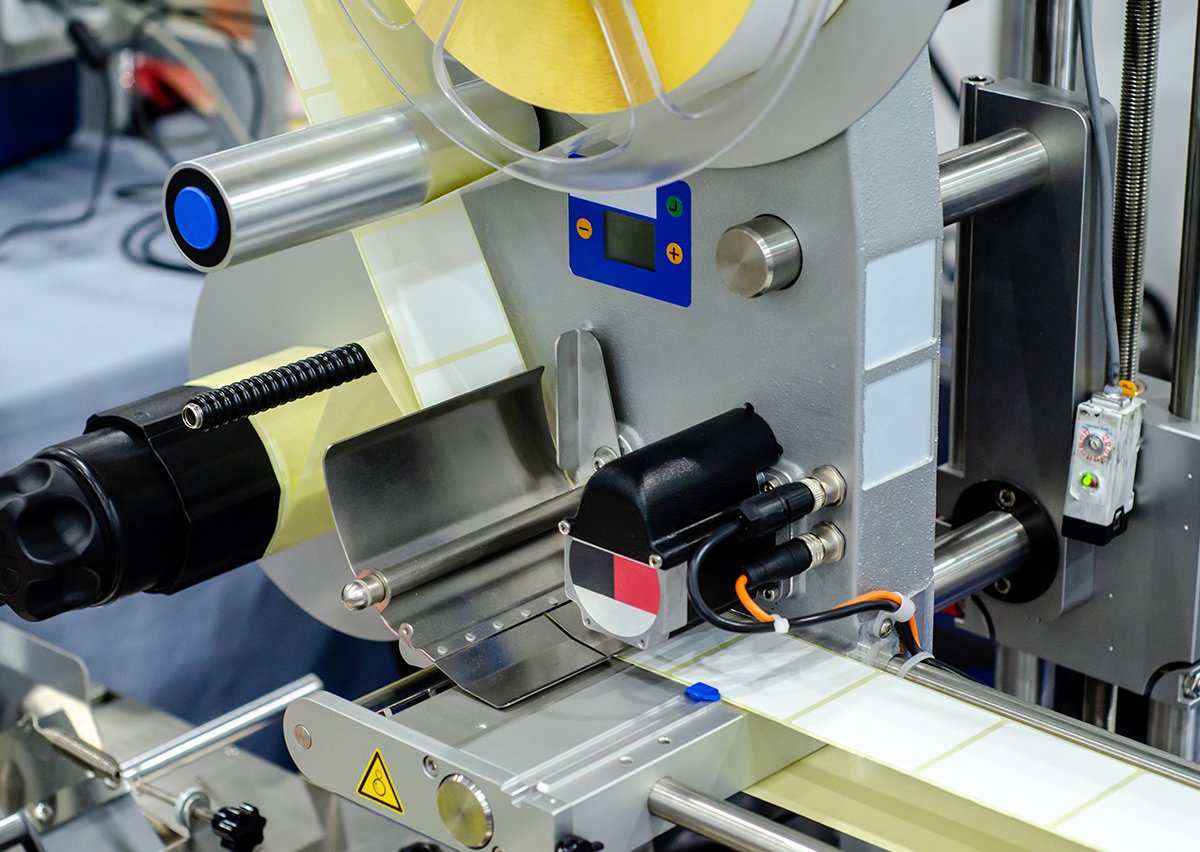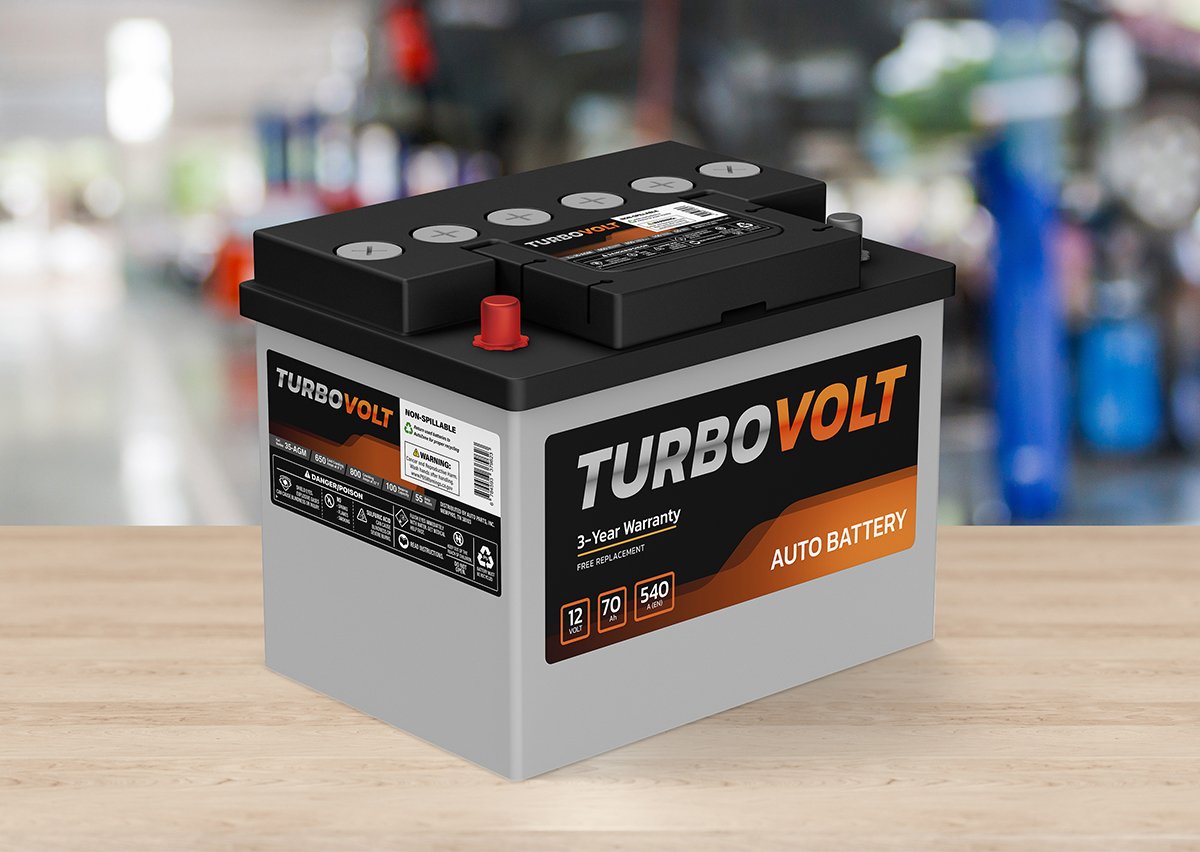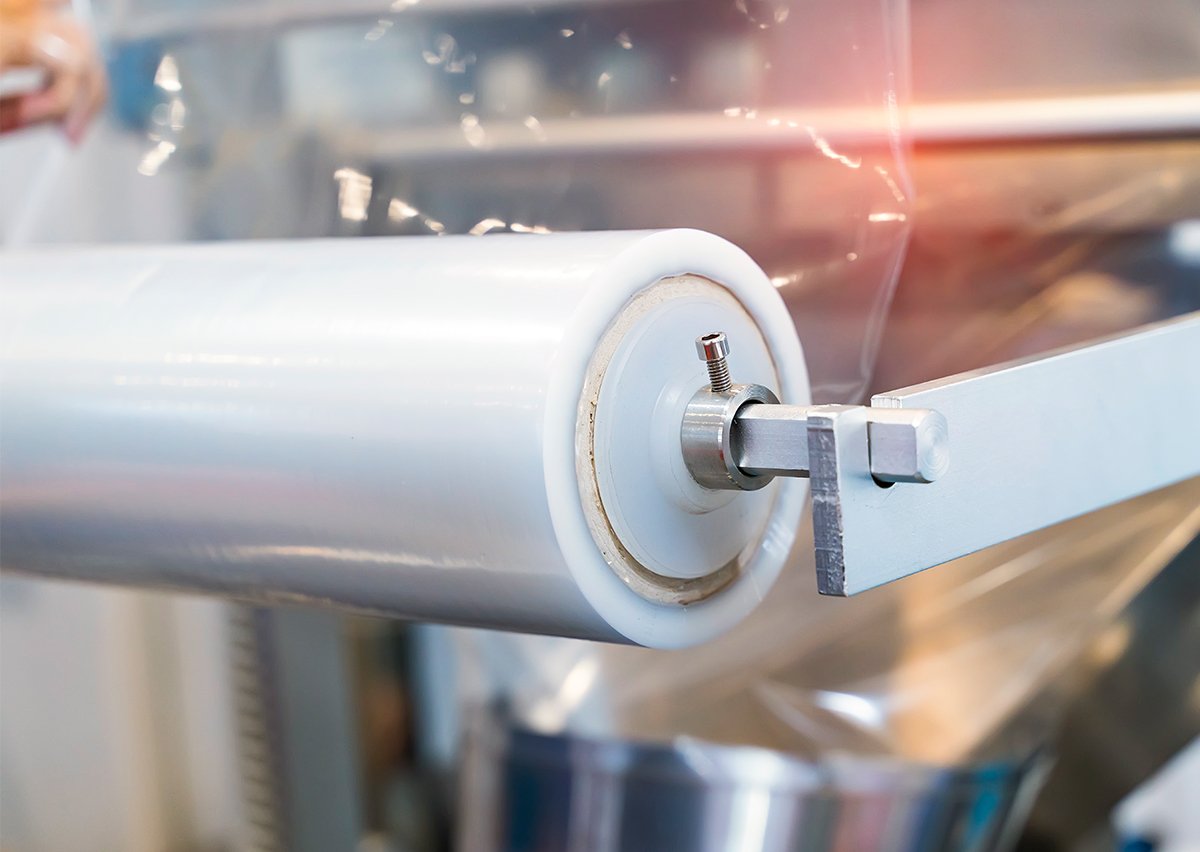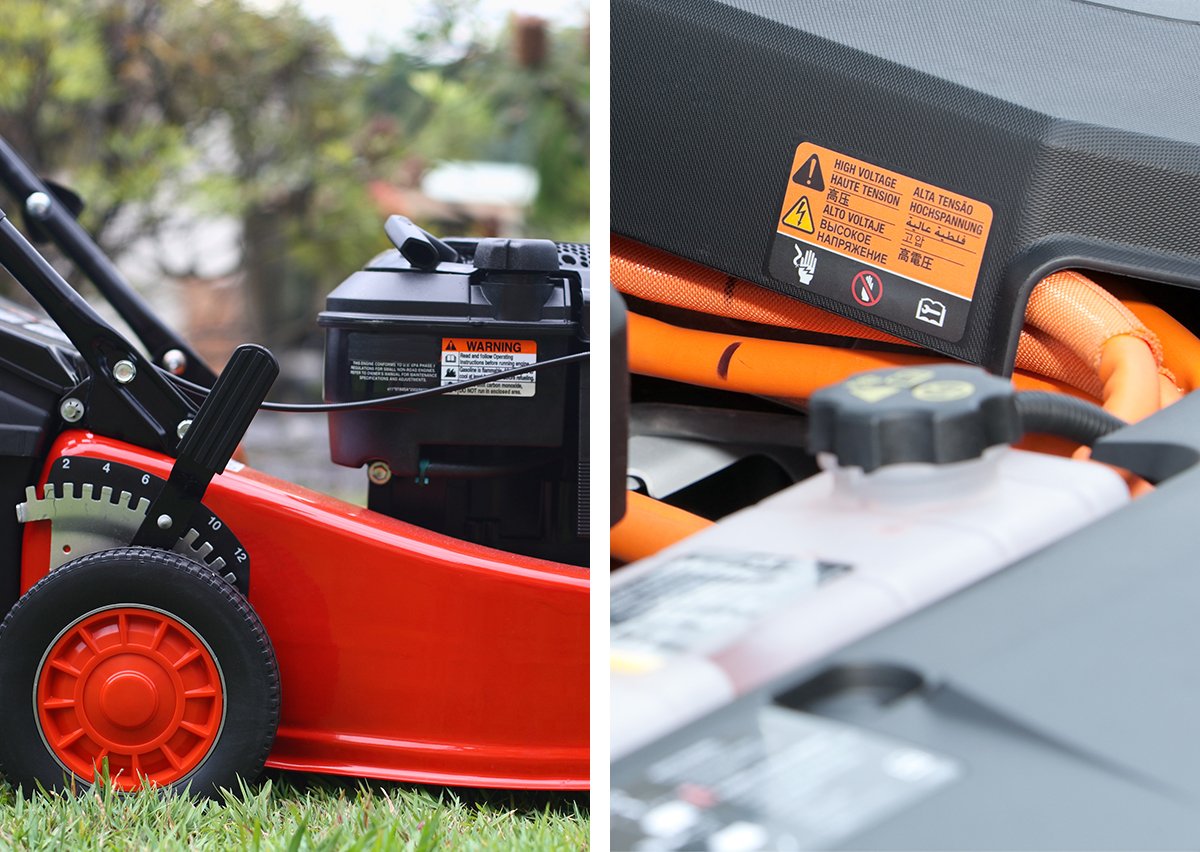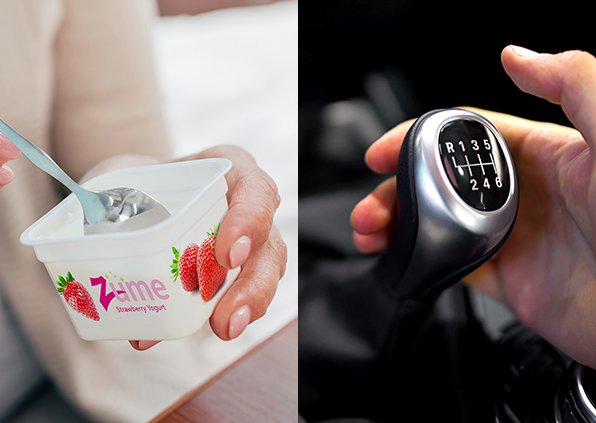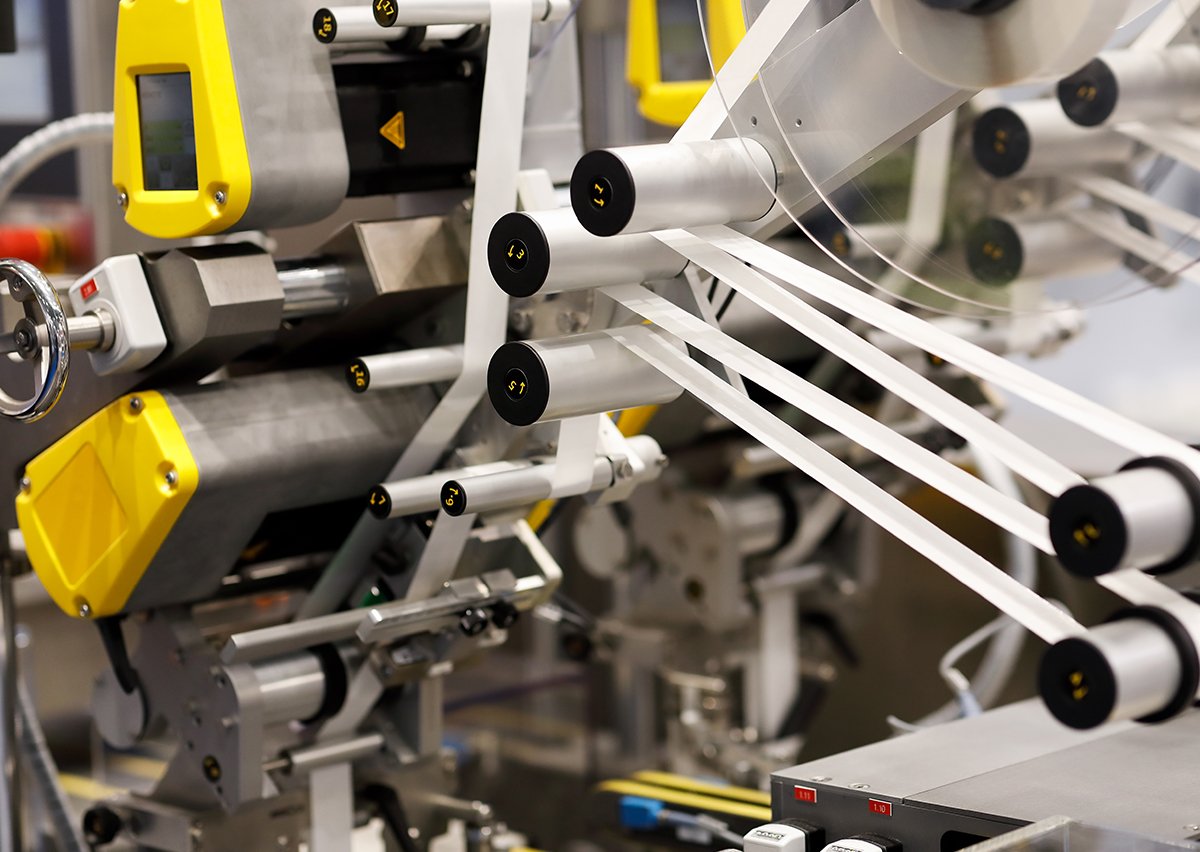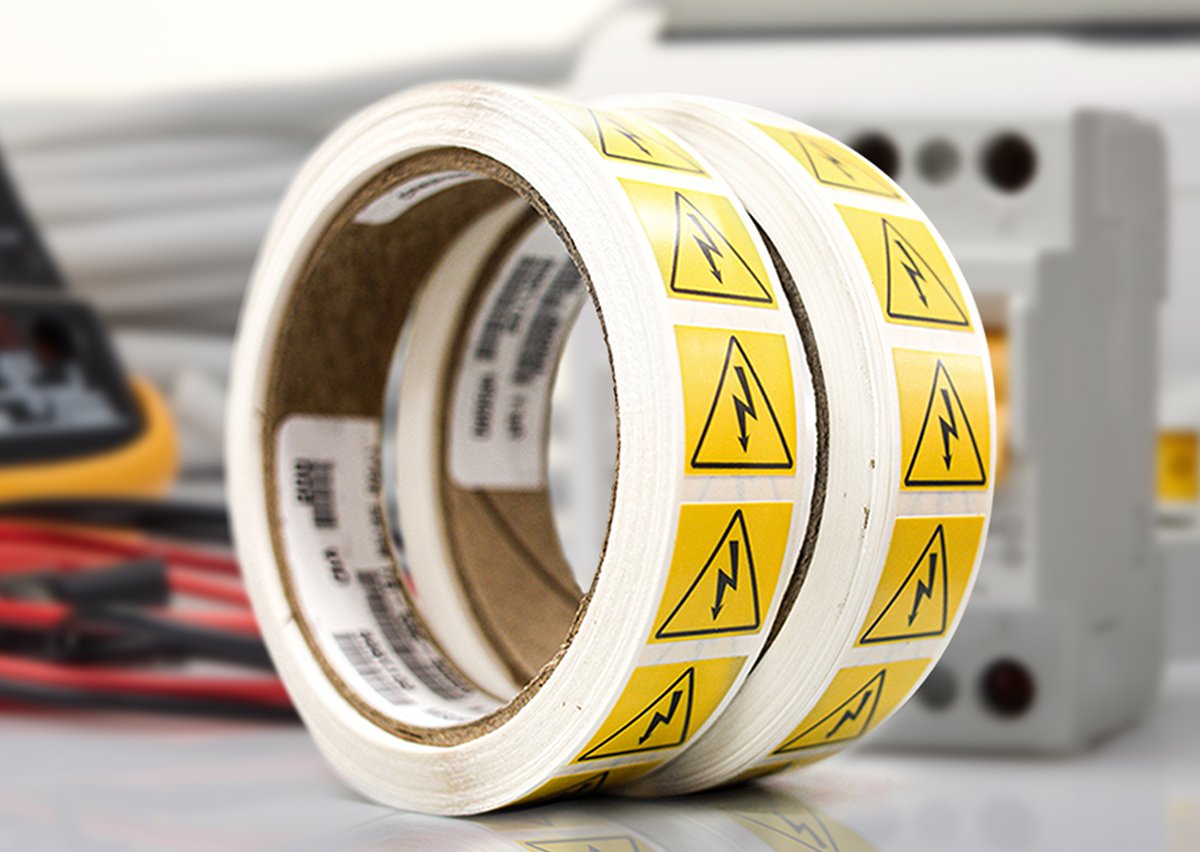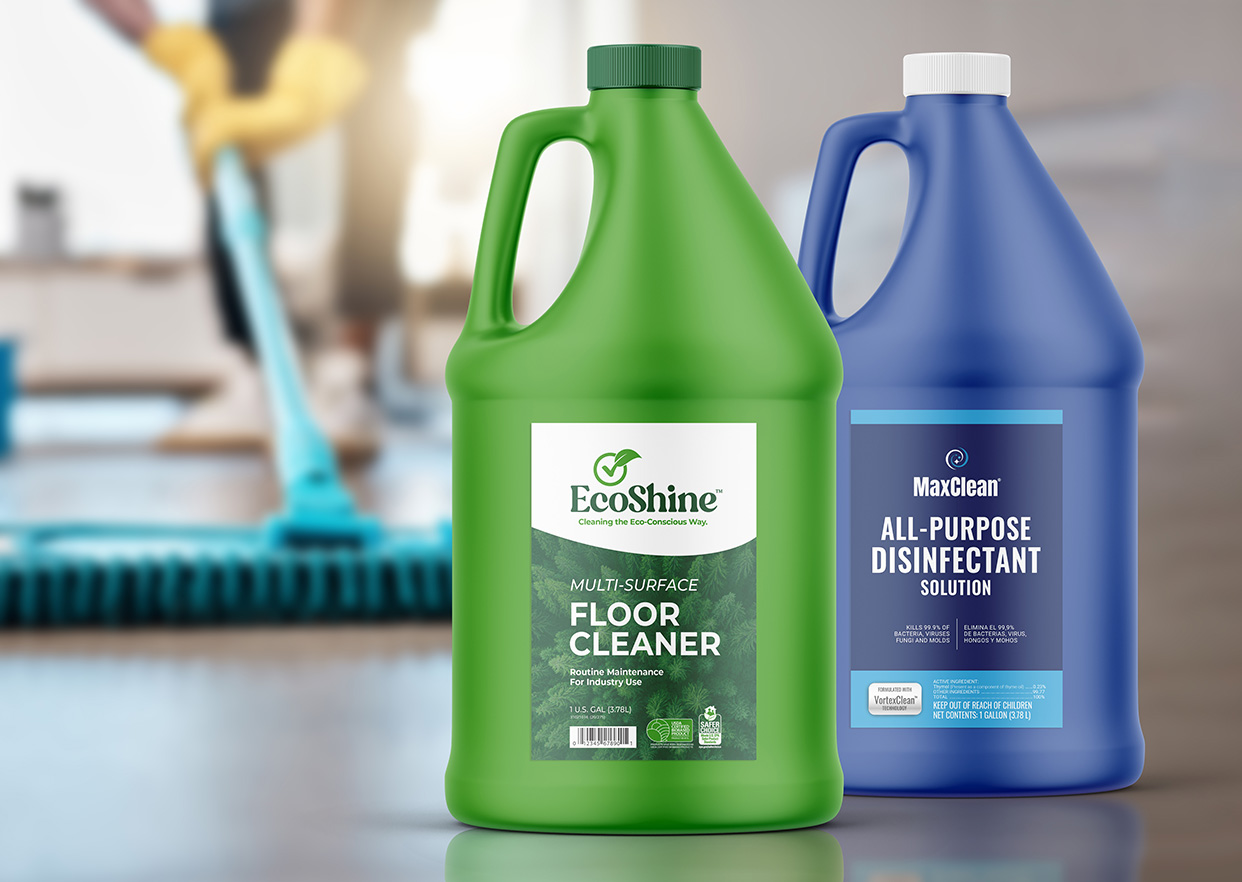Our blog series on the total cost of ownership (TCO) of durable industrial labels continues. In case you missed the prior posts, we have already addressed the following topics:
Choosing the wrong adhesive can lead to costs associated with product rework, product recalls and long-lasting damage to your brand. While premium adhesives often come at a higher cost, they may be necessary for specific applications. It’s all about meeting the end-use requirements without over-engineering the solution. Here are some important considerations when choosing adhesives for pressure-sensitive labels.
Durable Label Adhesive Performance Factors
Tack vs. adhesion vs. shear
- It is important to consider the physics behind adhesion. Adhesive strength depends upon three things: tack, adhesion and shear.Tack involves the initial bond, which measures how quickly and effectively the adhesive bonds with the substrate.
- Adhesion measures the bond's strength and the maximum force needed to remove the label.
- Shear measures the bond's strength when under pressure.
Surface type
Some surfaces, like polyethylene and polypropylene, are considered low-energy surfaces. They require adhesives with good wetting properties to ensure proper bonding. Surfaces such as glass, metal and smooth plastics have high surface energy and generally adhere well with a wide range of adhesives. Materials like wood and paper are porous, requiring adhesives that can penetrate and bond effectively with their fibers.
Adhesive composition
One of the most critical decisions is the adhesive composition. Rubber and acrylic adhesives are both commonly used for labels and decals. They have distinct characteristics and are suitable for different applications.
Rubber adhesives are typically made from natural or synthetic rubber compounds. Known for their tackiness and flexibility, rubber adhesives are often used for removable labels such as pricing labels on retail products. They are ideal for applications where flexibility and initial adhesion are important.
- Rubber adhesives have excellent initial tack, which means they can bond quickly to a variety of surfaces upon contact.
- Rubber adhesives are more flexible than acrylic adhesives, making them a good choice for applications where the label needs to conform to curved or uneven surfaces.
- However, rubber adhesives may not perform as well in very cold or very hot environments.
Acrylic adhesives are made from acrylic polymers. They are known for their transparency and resistance to aging and UV exposure. For this reason, they are commonly used for permanent labels, product identification, outdoor signage and applications where long-lasting adhesion is critical.
- Acrylic adhesives are generally more durable and resistant to environmental factors like moisture, heat and UV rays when compared to rubber adhesives.
- Acrylic adhesives perform well across a wide temperature range, making them suitable for both indoor and outdoor applications.
- While acrylic adhesives may not have the same initial tack as rubber adhesives, they often provide a stronger, long-term bond once they cure.
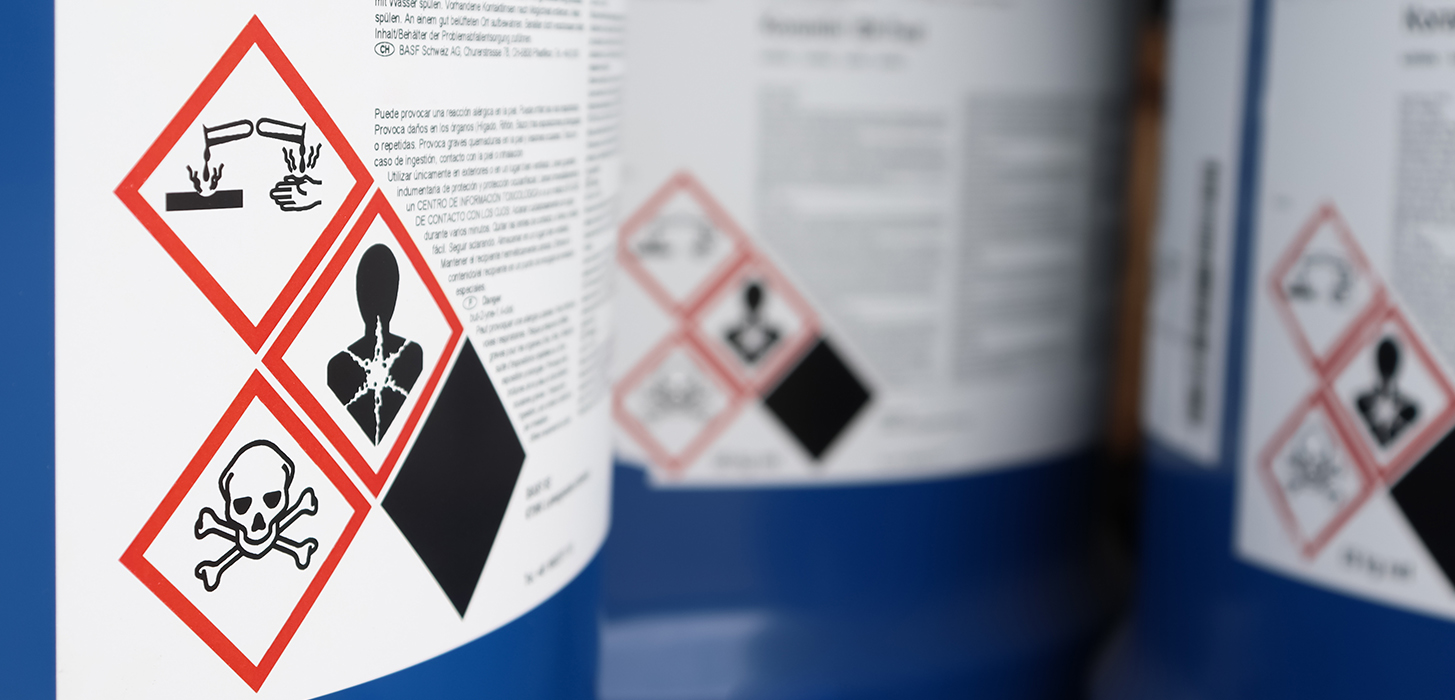 Adhesive type
Adhesive type
Permanent adhesives are designed to provide a strong bond between the label and the substrate, ensuring that the label will remain in place for the life of the product. While this type of adhesive is more expensive up front, it can provide a longer product life cycle and less rework, thus reducing the total cost of ownership. However, the downside of permanent adhesives is that they can be challenging to remove if necessary and can damage the product or substrate.
Just like the name says, removable adhesives are engineered to allow a label to be removed relatively easily without damaging the product. This property makes removable adhesives ideal for temporary labels, such as those added to products during transportation, warehousing or marketing campaigns. While more expensive than permanent adhesives up front, removable adhesives can reduce the total cost of ownership by avoiding damage to the product or substrate as well as negating costs for cleaning and maintenance.
 Repositionable adhesives allow the user to move the label after sticking it to a product with minimal loss of adhesive strength. This feature can help avoid costly rework due to incorrect placement of labels. It can also reduce label waste and increase flexibility in product design. However, the adhesion effect of these adhesives may be weaker than permanent and removable varieties.
Repositionable adhesives allow the user to move the label after sticking it to a product with minimal loss of adhesive strength. This feature can help avoid costly rework due to incorrect placement of labels. It can also reduce label waste and increase flexibility in product design. However, the adhesion effect of these adhesives may be weaker than permanent and removable varieties.
Temperature
UV exposure
Chemical resistance
Moisture resistance
Label size and shape
Application method
Regulatory compliance
In summary, selecting the right adhesive for pressure-sensitive labels involves careful consideration of substrate type, adhesive properties, environmental conditions and application requirements. Customizing adhesive choices to match the specific needs of your labeling application will result in successful and durable label adhesion.
Label TCO Blog Series Continues
Watch the Taylor.com blog in the weeks ahead as we continue our look at the factors influencing TCO for durable industrial labels. The next blog in this series will focus on label liners and the differences between film and paper liner materials.
Taylor: Label Adhesives for Every Application
Whether for a permanent, repositionable, cold-temperature or other type of application, Taylor’s in-house materials science experts can recommend the ideal label adhesive to meet your specific performance requirements. To learn more about the durable labeling solutions offered by Taylor, please contact one of our labeling experts.
